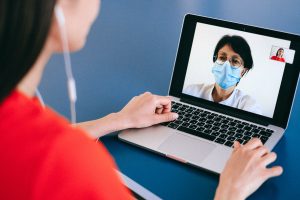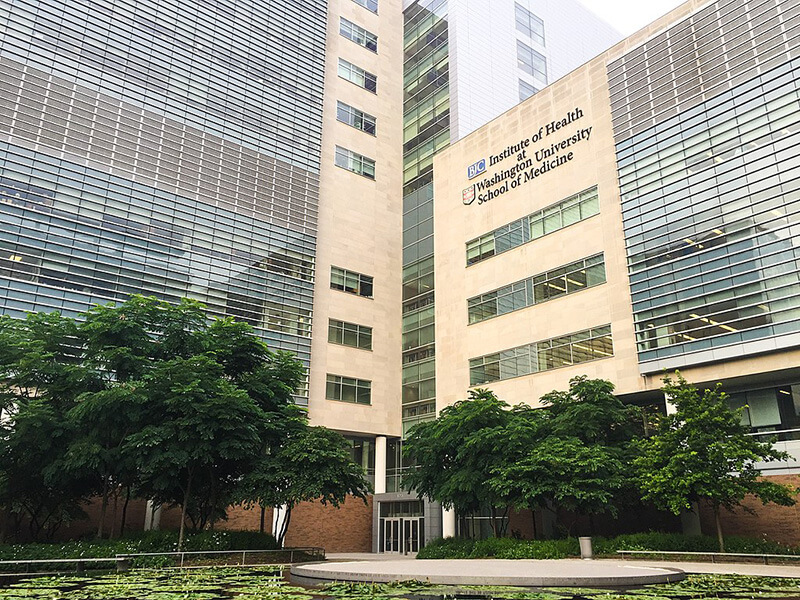For generations of American doctors-in-training, August has always marked a crucial apex in the greater medical school journey.
For those just starting out, or perhaps completing their first year, it was the last real summer you might have, unencumbered by a greater workload.
For many in their final year, it was that nervous, exciting waiting room before residency, and the first stages of becoming a real physician began.
As a result of the COVID-19 pandemic, and its ramifications on all forms of college education in the United States, August 2020 has fallen into a completely different category for med students.
School leaders are dealing with a puzzle, putting together the pieces to make sure students receive all the experiences they need. They know that without sound education and safety decisions, students could suffer greatly.
From masks, social distancing, and an increased reliance on the online world, many of the changes because of it will be like those in other aspects of our lives.
Yet along with the unique requirements of medical education comes a unique set of challenges on how to teach—and study—medicine during the biggest public health crisis since the post-World War I Spanish Influenza.
“School leaders are dealing with a puzzle, putting together the pieces to make sure students receive all the experiences they need,” Katherine McOwen, the Association of American Medical Colleges (AAMC) senior director of education, said, in the organization’s extensive blog on the subject.
“They know that without sound education and safety decisions, students could suffer greatly.”
With many schools already back, and the rest returning by September, the initial structural changes have become clear.
Initial changes
A recent AAMC survey of 155 American med schools found that more than 80 percent are planning to return third and fourth year students to clinical clerkships by late August. In some schools, third years may more frequently work alongside fourth years, as a result of adjustments.
The study also showed that most first and second year students, who receive less hands-on clinical training, will largely be studying online for the foreseeable future (with our Basic Sciences content, OnlineMedEd is perfectly positioned to be part of that expanded online learning experience for those newer med students).
Yet regardless of their med school stage, there will be noticeable differences beyond the abundance of masks and social distancing.
Clinical rotations will include increased online aspects, with more telemedicine training and morning rounds attended by Zoom.
With less groupings of students around cadavers, anatomy lessons will likely further embrace current available technology. Some schools used 3D software to teach anatomy as recently as last year.

From a teaching perspective, the changes that are being named are largely being seen as appropriate, for the studies, and clinical clerkships, to continue.
“Several months into this disruption, our focus has shifted toward creating a new normal,” Diane B. Wayne, Marianne Green and Eric G. Neilson, of Northwestern University’s Feinberg School of Medicine, wrote in an editorial on COVID-19’s impact on medical education for ScienceAdvances.
“While a turn to contact patient care and teaching remains highly desirable, we are carefully evaluating various formats for delivering other parts of the curriculum. What seems certain is that a return to a typical pre-COVID-19 teaching platform is unlikely, and that many creative changes are here to stay.
“Large-scale adoption of online education during the pandemic shows that it is possible to achieve a number of teaching objectives virtually.
“Faculty previously resistant to technology-enhanced learning now have evidence of its ability to meet the needs of preclinical students who value adaptive and self-directed study; some may need to review specific content several times, whereas others will proceed more rapidly.
The pandemic has demonstrated that faculty can deliver their courses online and students can grasp the material—but it’s also abundantly clear that critical parts of the experience are lost when the learning community is dispersed.
“Augmented intelligence and machine learning will support this model by achieving the goal of a more tailored outcomes-based education.
“Undoubtedly, this undertaking will result in additional innovations, flexibility, and experimentation in areas such as anatomy, problem-based learning, clinical skills education, assessment of student well-being, and mentorship or career advising.”
Remaining questions
Despite the adjustments, plenty of questions still remain about med school in the time of COVID-19.
What happens if students are infected by coronavirus themselves? How do schools react if there is a large outbreak amongst students? How should that adjust scheduling, in classes or clinical clerkships?
If the correct personal protective equipment (PPE) is available, should more experienced students see COVID-19 patients?
Despite the shocking death toll, the pandemic presents students with a unique chance to learn about medicine during a pandemic, after all. The positive legacy in future public health crises is clear.
Perhaps most importantly, how do you manage the mental health of students in an increasingly isolated learning environment?
While the answers to many of these will become known in the coming months, there’s one truth in college education in the United States that is now undeniable—one of lasting transformation.

“Right now, students who have been sheltering at home these past few months are clamoring to get back to campus,” Michael S. Roth, the president of Wesleyan University, told Politico, last month.
“Many have reported that if their schools are fully online in the fall, they will take a break from education and find something else to do.
“The pandemic has demonstrated that faculty can deliver their courses online and students can grasp the material—but it’s also abundantly clear that critical parts of the experience are lost when the learning community is dispersed.”
While it is still unclear exactly which exact aspects of the med school experience will be ‘lost’, it is almost an objective fact that some will.
The changes—both positive and negative—that are made in their absence may well end up defining an entire era for medical education in the U.S.



